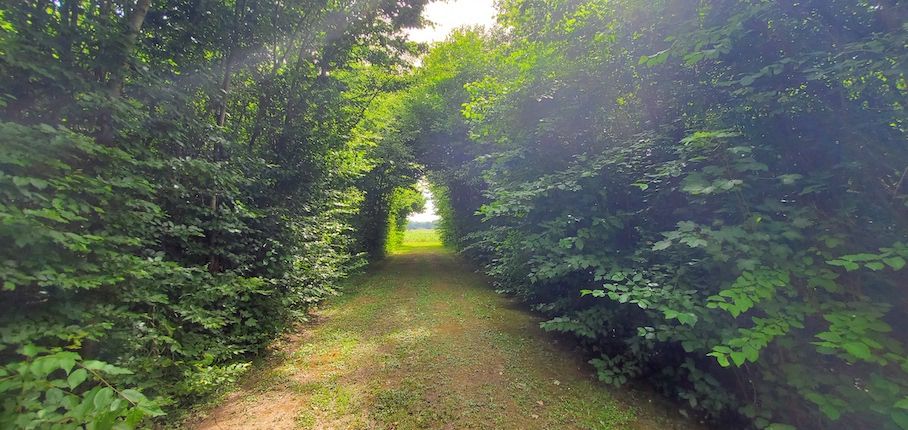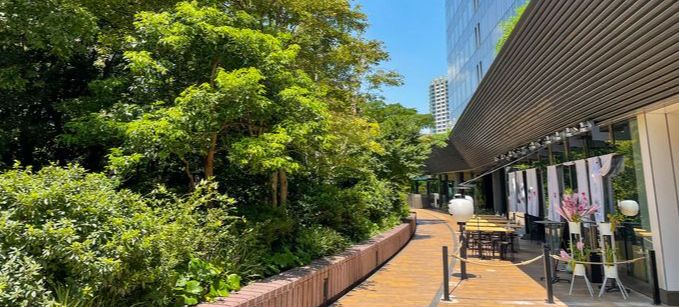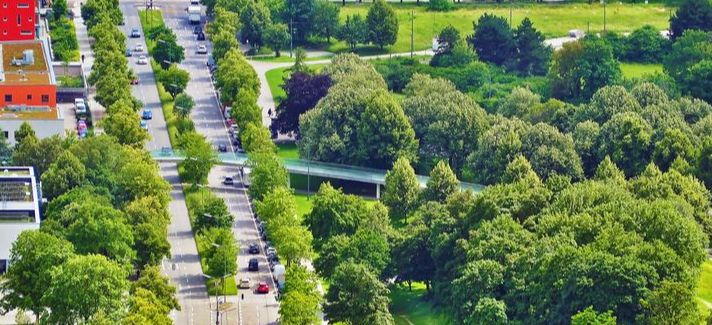Restoring nature to the city by creating an urban micro-forest
to develop a biodiversity island in urban or peri-urban areas and produce side benefits for the environment and citizens.
Contact usCreate social and environmental value close to your stakeholders
Reforest'Action invites you to participate in the development of greener, more sustainable and more beautiful cities by planting fast-growing urban micro-forests.
Take action close to home or as close as possible to your stakeholders: employment pool, customer and/or constituent pool and create strong ties between your company, communities and local populations.
Show your stakeholders that the forest is growing day by day and multiply the impact of the project by requesting that a participatory plantation led by Reforest'Action be organized.
The urban micro-forest, a source of social and environmental value
We combine forestry and landscape expertise to create projects that meet urban issues while enhancing the multifunctional nature of forests: promoting biodiversity, improving landscapes, increasing the health and well-being of local populations.
Have an effect on the environmental heritage of cities using our collaborative efforts with landscapers and local park services.
Limit soil artificialization and create optimized havens for biodiversity in cities with our forestry approach.
Improve air quality by producing oxygen and capturing 1/3 of the fine particles passing through the canopy.
Fight against the urban heat-island effect. A tree can absorb 80% of the sun’s rays and help cool the surrounding air.
Urban forests increase well-being, reduce stress, heart rate, blood pressure and aggressive behavior.
Two options for creating an urban micro-forest
Whichever option you chose, Reforest'Action coordinates and supports each stage of the project, from its creation to long-term monitoring.
You don’t have any land, but you want to finance the creation of an micro-forest? Support an urban forest project developed by a project leader (association, community) on public land.
You have a plot of land and you want to grow a forest there? See what you can do with your property with the help of our consultants.
Reforest'Action, proven expertise since 2010
Become a contributor






Diverse types of projects
We develop highly varied types of urban micro-forests: small areas planted with the Miyawaki inspired method, urban orchards, creating green belts for neighborhoods, upgrading parks and tree alignments, etc.



Defining an urban micro-forest
We take into account the definition of urban forests given by the United Nations (source: FAO), namely:
"Urban forests can be defined as networks or systems comprising all woodlands, groups of trees, and individual trees located in urban and peri-urban areas; they include, therefore, forests, street trees, trees in parks and gardens, and trees in derelict corners."